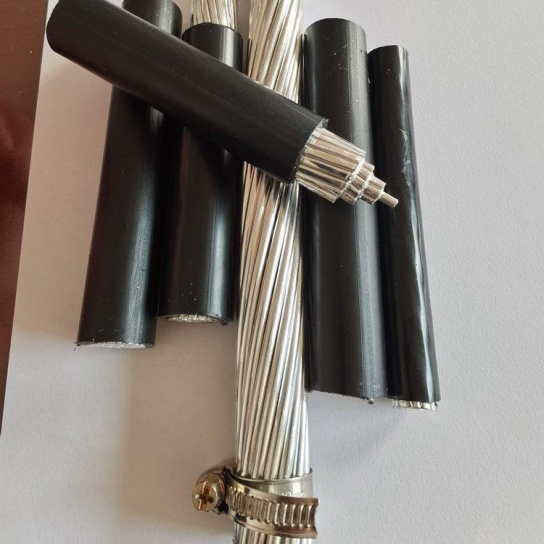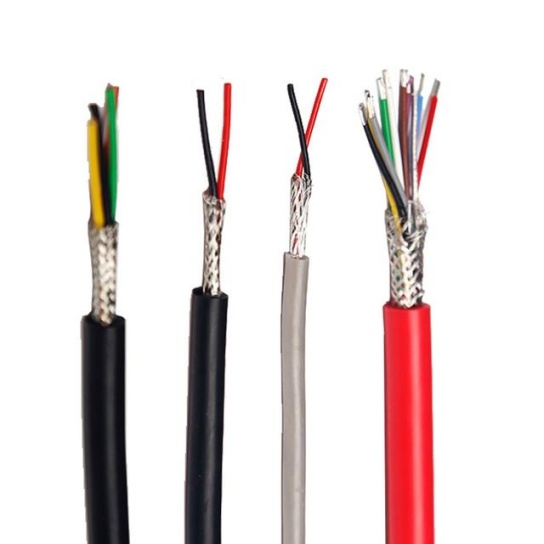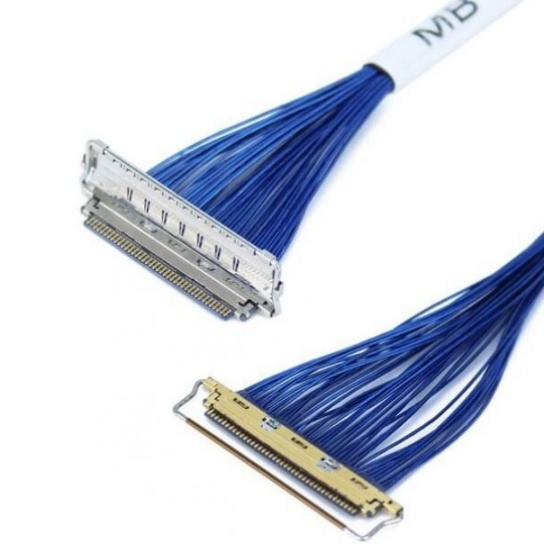Aviation Cable Connectors: Types and Uses – Powering the Skies Safely & Reliably
Aviation cable connectors are the unsung heroes of the aerospace world. These critical components provide the essential electrical pathways that power, control, and communicate within every aircraft system. Choosing the right connector type is paramount for safety, reliability, and performance. This comprehensive guide explores the major types of aviation connectors and their vital uses throughout modern aircraft.
Why Aviation Connectors Are Special:
Unlike standard industrial connectors, aviation connectors face extreme demands:
- Harsh Environments: Exposure to vibration, shock, extreme temperatures (-55°C to 200°C+), pressure changes, humidity, salt spray, fuels, and hydraulic fluids.
- Safety Criticality: Failure can lead to catastrophic consequences. Redundancy, positive locking, and high reliability are mandatory.
- Lightweight: Every gram counts in aircraft design.
- High Performance: Must maintain signal integrity (especially for data/avionics) and handle significant power loads reliably.
- Regulatory Compliance: Must meet stringent military (MIL), aerospace (ARINC, AS), and certification standards (FAA, EASA).
Major Types of Aviation Cable Connectors:
- Circular Connectors:
- The Workhorse: By far the most common type found throughout aircraft. Characterized by their cylindrical form and threaded coupling mechanism (bayonet-style coupling is also common).
- Key Standards: MIL-DTL-5015 (older, robust), MIL-DTL-38999 (extremely common, high-reliability “miniature” & “subminiature”, featuring a bayonet-style or threaded coupling with triple-start threads), ARINC 600 (specifically designed for avionics LRUs – Line Replaceable Units), MIL-DTL-26482 (general purpose miniature).
- Features: Available in countless sizes, pin/socket counts, shell materials (aluminum, stainless steel, composite), and plating options. Offer excellent environmental sealing (often IP67/IP69K or better), high vibration resistance, quick-disconnect functionality, and various backshells for strain relief.
- Uses: Power distribution (AC & DC), lighting systems, fuel systems, environmental controls, landing gear, hydraulic systems, flight controls sensors and actuators, engines (FADEC, sensors), data buses. Virtually any electrical interconnect needing robustness.
- Rectangular Connectors (Including ARINC 404 & 600):
- Avionics Specific: Designed to meet the packaging and performance needs of avionics cabinets and racks.
- Key Standards:
- ARINC 404A: An older standard using rectangular rack-and-panel connectors with integral solder cups.
- ARINC 600: The dominant modern standard for avionics LRUs. Utilizes modular “modules” or “trays” (essentially rectangular connectors) that plug into a chassis shelf. Types include Module Type A (MTA – fiber optic), Module Type B (MTB – coaxial), Module Type C (MTC – high-density electrical). Offer high pin density and reliability.
- DIN 41612 / MIL-STD-83513: Used internationally in some avionics and equipment racks.
- Features: High density, designed for efficient rack mounting/extraction, often include guide pins, polarization features, and handle a mix of signal types (power, low & high-speed data, RF).
- Uses: Primary interconnection for avionics LRUs in the equipment bay – navigation systems, communication radios, flight management computers (FMC), display units, radar processors, data concentrators.
- Fiber Optic Connectors:
- The High-Speed Backbone: Essential for handling the massive bandwidth requirements of modern aircraft data networks.
- Key Standards: ARINC 801 (specifies requirements for optical connectors/cabling in aircraft), MIL-PRF-29504 (optical termini), MIL-DTL-38999 Series III (integrating fiber optic contacts into standard circular shells). Common terminus types include LC, SC, FC, ST, MTP/MPO, and specialized ARINC styles.
- Features: High bandwidth, immunity to electromagnetic interference (EMI), light weight, smaller size compared to equivalent copper harnesses.
- Uses: In-flight entertainment (IFE) systems, cabin networks, high-speed data buses (like AFDX), sensor networks (especially EMI-sensitive ones), fly-by-light systems (emerging technology), next-gen avionics data transfer.
- RF/Coaxial Connectors:
- For Signals Through the Air: Designed to carry high-frequency radio signals with minimal loss and interference.
- Key Standards: MIL-PRF-39012 (General specification, covers types like TNC, N, SMA), various MIL-SPEC or proprietary aviation-grade versions of BNC, SMA, TNC, N-Type.
- Features: Precision impedance matching (usually 50 Ohms), robust environmental sealing, secure locking mechanisms (e.g., threaded), low signal loss (VSWR), and shielding effectiveness.
- Uses: Antenna connections (GPS, VHF COM, HF, Radar, Transponder, Satcom), antenna couplers, radio equipment connections, test points, radar systems.
- Terminal Blocks & Splices:
- Internal Wiring & Distribution: While not always considered “cable connectors” in the same sense, these are crucial within junction boxes, power distribution units, and equipment interiors.
- Types: Barrier strips, PCB headers, feed-through types, crimp splices, environmental splices.
- Features: Provide reliable points for connecting multiple wires or wires to terminals/pins on PCBs or devices, often with screw-clamp or spring-clamp mechanisms. Sealed versions exist for external use.
- Uses: Internal wiring of electrical panels, power distribution points, grounding points, equipment interfaces.
Critical Considerations When Selecting Aviation Connectors:
- Environmental Conditions: Temperature range, vibration, shock, sealing requirement (IP rating), exposure to fluids.
- Electrical Requirements: Voltage (AC/DC), current rating, signal type (power, analog, high-speed digital, RF), shielding needs (EMI/RFI).
- Mechanical Requirements: Size, weight, mating cycles, ease of mating/de-mating, blind mating needs, strain relief.
- Contact Type: Solder cup, crimp, PCB mount (often defined by the connector standard).
- Backshell: Required for cable clamping/strain relief and maintaining EMI shielding integrity. Material and configuration are critical.
- Standard Compliance: Mandatory adherence to MIL, ARINC, AS, SAE, or other relevant aerospace standards and customer specifications.
- Maintenance: Ease of servicing, contact replacement, availability of tooling and spares.
Trends in Aviation Connectors:
- Miniaturization: Denser packaging demanded by new systems (e.g., Micro-D, Nano-D connectors finding specialized niches).
- Increased Use of Composites: Shells and backshells for weight reduction.
- Enhanced Data Capability: Higher speed contacts (e.g., ARINC 826 for Gigabit Ethernet over connectors like MIL-DTL-38999) and more widespread fiber optics.
- Hybrid Connectors: Combining power, signal, coax, and fiber contacts within a single shell (often circular) for optimized routing and weight savings.
- Improved Sealing & Durability: Ongoing development to meet even harsher environments and longer service lives.
Key Uses Summarized:
- Power Distribution: Heavy-duty circular connectors for generators, primary power buses.
- Avionics: Rectangular (ARINC 600) connectors for LRUs; circular connectors for sensors/peripherals.
- Engines & APU: High-temperature, vibration-resistant circular connectors for FADEC, ignition, sensors.
- Flight Controls: Critical circular connectors for actuators, sensors (AOA, flap/slat position), flight computers.
- Landing Gear: Rugged, sealed circular connectors for position sensors, lights, brakes.
- Lighting: Interior, exterior, emergency lighting circuits using circular connectors.
- Fuel Systems: Intrinsically safe, sealed circular connectors for probes, valves, pumps.
- Environmental Systems: Circular connectors for air conditioning packs, sensors, valves.
- Cabin Systems: Circular connectors, fiber optics, and specialized data connectors for IFE, lighting, galleys, passenger services.
- Communication/Navigation: RF connectors and specialized circular connectors for antenna feeds, radios, nav aids, transponders.
Conclusion
Aviation cable connectors are far more than simple plugs and sockets; they are sophisticated, mission-critical components engineered to perform flawlessly in the world’s most demanding environments. Understanding the distinct types – primarily circular, rectangular (ARINC), fiber optic, and RF – and their specific applications throughout the airframe and avionics is fundamental to aircraft design, maintenance, and safety. As technology advances, connectors continue to evolve, enabling lighter, smarter, and more connected aircraft. Selecting and maintaining the right connector for each application is paramount for ensuring the continued safety and reliability of every flight.






